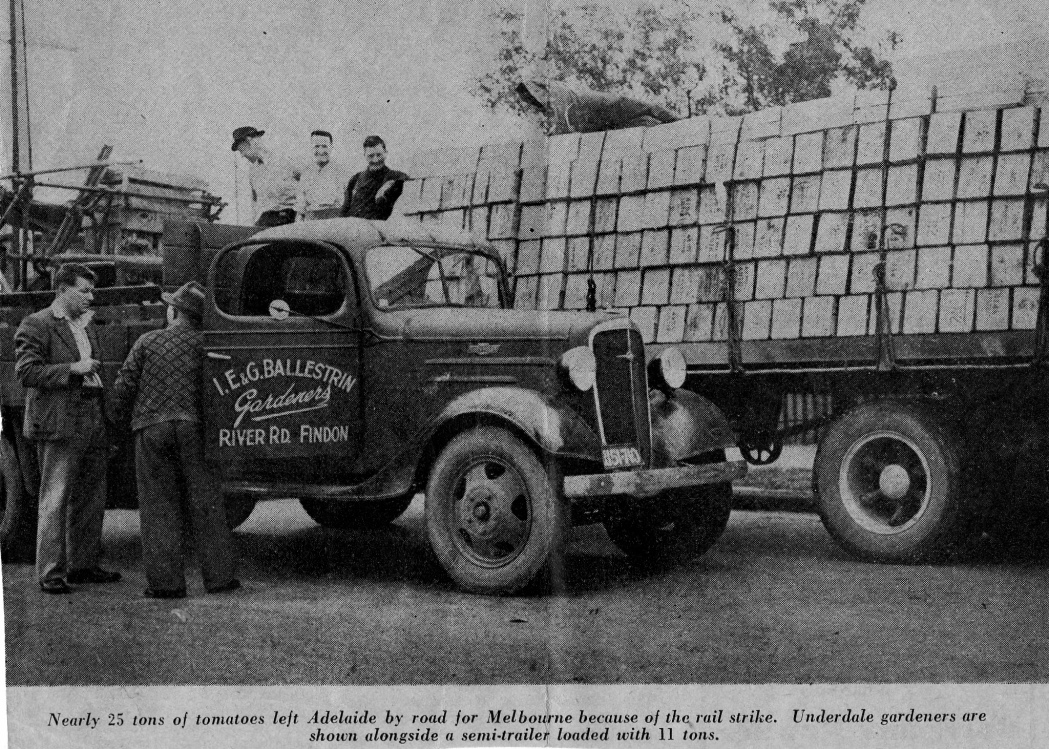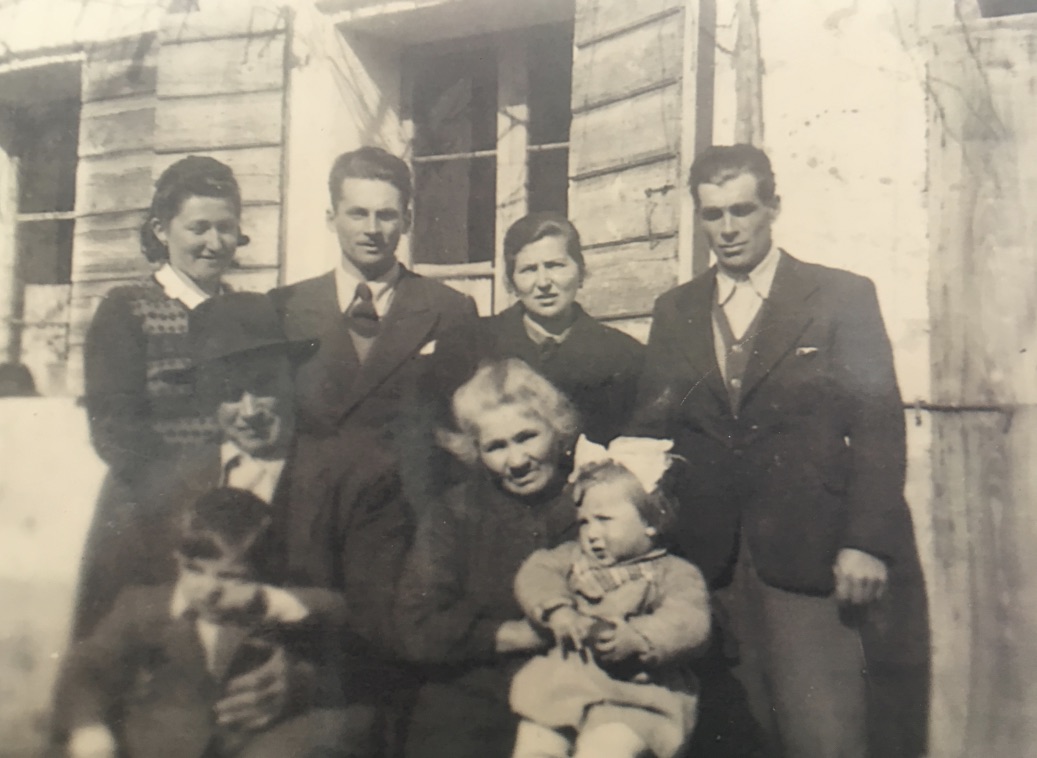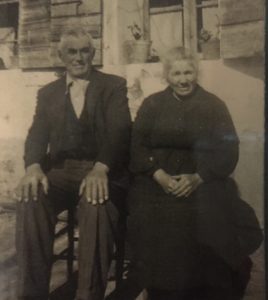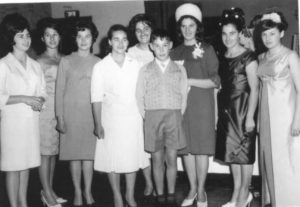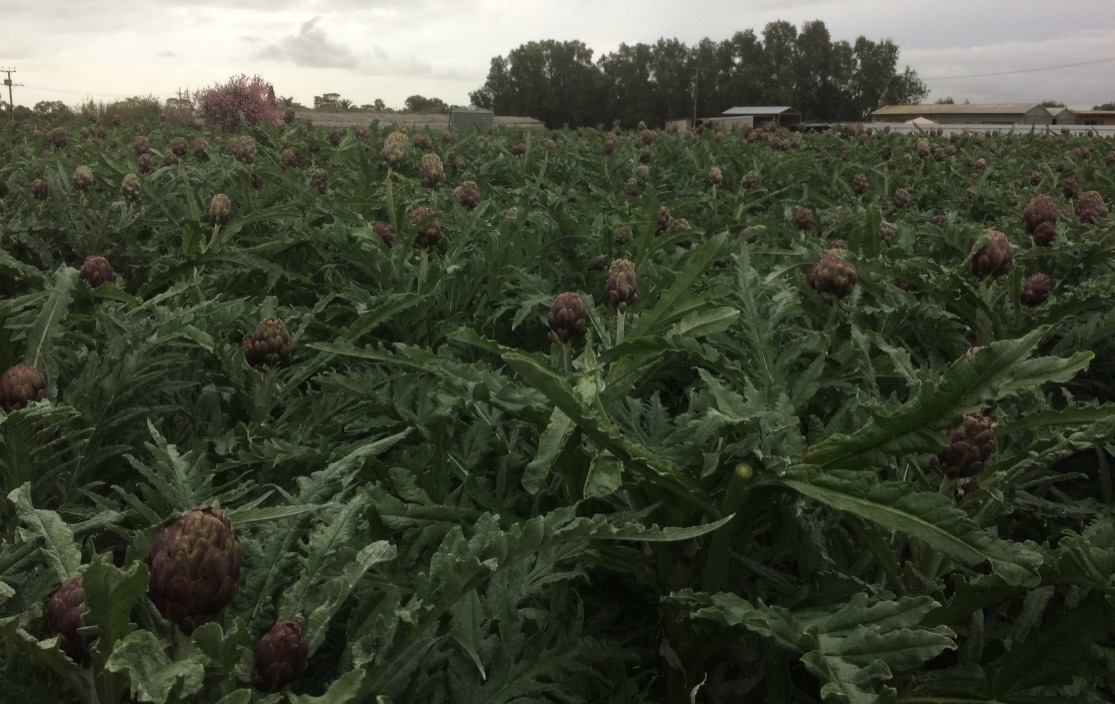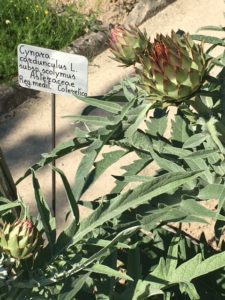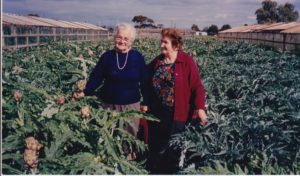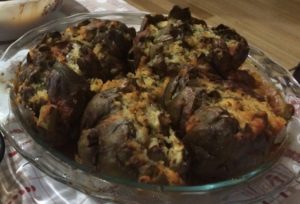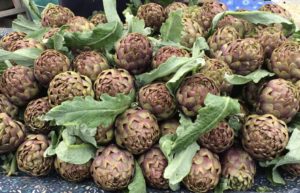Most of the Veneto market gardeners sold their vegetables at the East End market – about 8 kilometres from the market gardens. Some sold celery and tomatoes to markets in Melbourne and Sydney.

The following excerpts from oral history interviews are childhood memories of going to market with fathers and other relatives. You can listen to the interviews on the website.
Lino Tonellato, 16 July 2010
Albert [with our Dad] used to go with the horse and trolley. He used to get up at 2 o’clock in the morning and then stop on the way back to school … he was going to sleep at the table and the teacher used to leave him asleep …
Jimmy Ballestrin, interview 6 June 2011
I did go to the market with my Uncle Antonio … I went with him to the market every Tuesday, every Thursday before school. He’d come and pick me up at 2 o’clock and at 8 o’clock or half past eight, I would catch the bus, or walk to school.
Diana Panazzolo nee Santin, 13 September 2013
I remember (zio Lui) going to the market with his little bag … and yeah, I remember going there in the truck … I remember getting up early and going, but it was like an outing for us, we were all excited, it was not that we went all the time … I just loved it, and you’d see all these people and men …
Johnny Marchioro, 11 August 2008
I started going to market with my Dad … and getting up at 3 o’clock in the morning. At six o’clock when the whistle blew, you’d run up, get your hand truck and load your tomatoes … and it’d be 8 o’clock before I’d come home … And then an hour’s sleep – and ready, especially summertime – you’d have to start getting ready for Friday’s market [on] Thursday … and it was just one big round and round …
Romano Marchioro, 11 June 2012
I remember when I was young, I used to go to the market with Dad … I remember that Dad always used to have rum and coffee [laughs] early, at 5:00 o’clock in the morning, to keep warm …
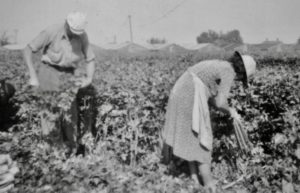
Norma Camozzato nee Ballestrin, 21 September 2016
Giuseppe and Ermegildo Ballestrin took celery to the railway station because they had consigned it to Melbourne and Sydney.
Dino Piovesan, 23 September 2011
My father would only ever take one of us at a time, getting up early, oh, 3:30 am, 4 o’clock, still half asleep … it was a certain atmosphere … and then there was helter skelter, everybody came to pick up all their produce that they’d ordered.
I always can remember my first or second time there, the early morning atmosphere which were never used to … and the other people that you talked with, it was just that there was something magic about it … and that was the one big thing, the breakfast around the corner at Ruby’s in Rundle Street …
Bruna Semola nee Zampin, 8 November 2016
I went up there a few times and it was interesting to see just how many gardeners were there … oh, definitely it was a 3 o’clock start, get up and get there early because you’d get the best spot, the earlier you got there.
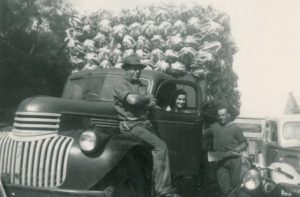
Madeleine Regan
27 October 2019
Vendendo verdure al mercato
Tanti agricoltori veneti vendettero i loro prodotti al mercato East End di Adelaide che era circa 8 chilometri dalla loro abitazione. Certi vendettero sedano e pomodori ai mercati di Melbourne e Sydney.

Questi sono i ricordi del’infanzia degli intervistati che andarono a vendere al mercato con i genitori e parenti.
Potete ascoltare questi intervistati sul sito web.
Lino Tonellato, il 16 luglio 2010
Albert generalmente andava col carro e cavallo. Usava alzarsi alle due del mattino e fermarsi per andare a scuola quando ritornava. Era così stanco che si addormentava sul banco di scuola e la maestra capiva e lo lasciava dormire …
Jimmy Ballestrin, il 6 giugno 2011
Andavo al mercato con mio zio Antonio … Di solito mio zio veniva a prendermi alle due di mattina ogni martedi e giovedi prima di andare a scuola. Poi alle otto o otto e mezza potevo prendere l’autobus o andare a scuola a piedi …

Norma Camozzato nata Ballestrin, il 21 settembre 2016
Giuseppe e Ermegildo Ballestrin vendevono il sedano alla stazione ferrovaria perchè lo dovevano consegnare a Melbourne e Sydney.
Johnny Marchioro, il 11 agosto 2008
Ho cominciato ad andare al mercato con mio padre e dovevo alzarmi alle tre del mattino … Alle sei quando il fischio suonava dovevi correre a prendere il carrello e riempirlo di pomodori … ed era verso le otto prima di ritornare a casa. Dopo un’ora di sonno dovevo essere pronto (specialmente in estate) per cominciare prepararsi per il [prossimo] mercato … era proprio una girandola …
Romano Marchioro il 11 giugno 2012
Mi ricordo quando ero ragazzino che andavo al mercato con mio padre … ricordo che papà prima di andare al mercato doveva avere il suo caffé con rum [risata] alle cinque del mattino dovevi tenerti al caldo.
Diana Panazzolo nata Santin, il 13 settembre 2013
Mi ricordo che mio zio (Lui) andava al mercato con la sua piccola borsa … e ricordo bene che andavo nel camion con lui … mi ricordo che dovevo alzarmi molto presto per andare al mercato però per me, era come una gita. Eravamo tutti eccitati, non adavamo sempre però mi piaceva quando andavo ed incontravo tante persone …
Dino Piovesan il 23 settembre 2011
Mio padre prendeva solo uno di noi ragazzi … ci faceva alzare presto alle tre o alle quattro del mattino mezzo addormentati. Mi ricordo sempre la prima o seconda volta che molto presto alla mattina l’atmosfera era molto speciale … e che atmosfera! … A me sembrava magica. … allora con grande scompiglio tutti quanti correvano a prendere i loro prodotti che avevano ordinato …
Bruna Semola nata Zampin, il 8 novembre 2016
Andavo al mercato parecchie volte ed era sempre interessante vedere quanti agricoltori erano là … Certamente si doveva incominciare la giornata all tre del mattino e arrivare presto lì perchè prendevi la migliore posizione più presto arrivavi meglio era.

Madeleine Regan
il 27 ottobre 2019
